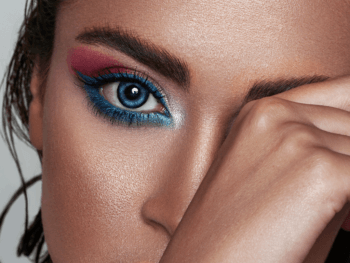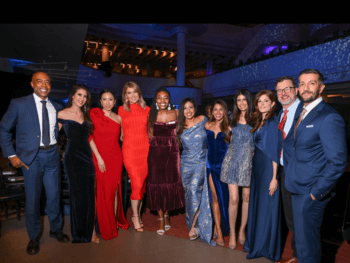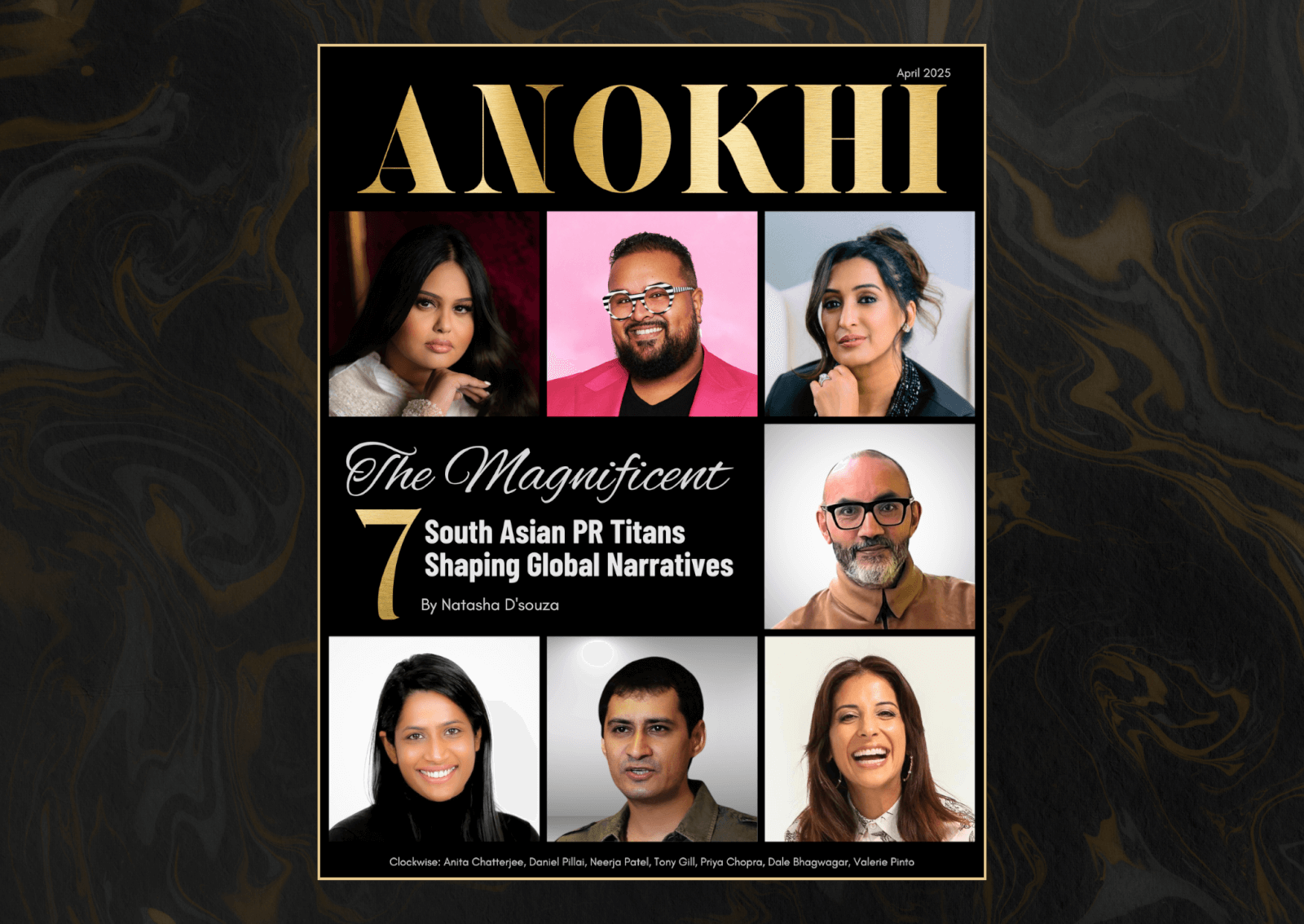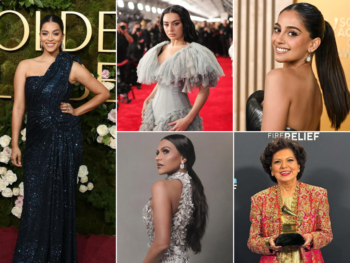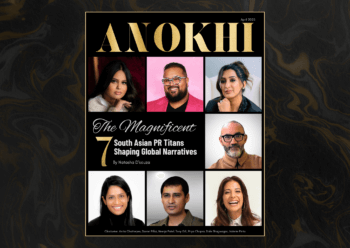The Culture Appropriation Debate: Part One-Fashion Breeds Remarkable Fury
Dec 07, 2015
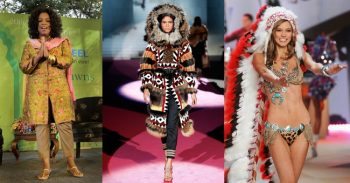
Cultural appropriation and the (dress)code of conduct.
*This is the first of a two-part series examining the issue cultural appropriation in pop culture and fashion, it's xenophobic perception with accusations of insensitivity and racism.
Fashion label Dsquared recently came under fire for cultural appropriation for unveiling their “DSquaw” line at their Fall-Winter 15-16 runway show. The studio’s use of the term “Squaw” was felt to carry many derogatory connotations. Critics also felt that the appropriation of Inuu and American indigenous decorations was “misappropriation and a glamorization of colonization”. A similar incident occurred at the 2012 Victoria’s Secret fashion show where Karlie Kloss wore a Native headdress and many thought it was demeaning to the Native American culture for her to have worn the headdress as an accessory. At the 2014 Coachella Festival, where many wore the bindi, many Hindus were upset because they felt that the people who were wearing them were cavalier and ignorant about the bindi’s religious and cultural significance. Fashion houses and designers were blamed although they claimed that using symbols such as the bindi promoted cultural acceptance. But many were offended because they felt the significance and history was lost or not considered. South Asian girls in particular, took to social media to #reclaimthebindi. All of these incidents point to cultural appropriation. A growing controversy in the fashion world for the past fifteen years, cultural appropriation is one of the top ten issues in fashion today.

Milan Fashion Week, Dsquared Autumn/Winter 2015
Photo Credit: Vogue.com

Milan Fashion Week, Dsquared Autumn/Winter 2015
Photo Credit: Vogue.com
“Cultural appropriation has become a tension-filled topic,” says Susan Scafidi, Founder and Academic Director at the Fashion Law Institute at Fordham Law School in New York City. The first professor in Fashion Law, Scafidi is also author of the book Who Owns Culture? (2005) and has been featured in the New York Times, The Wall Street Journal, Forbes, Newsweek and others has made appearances on 20/20, Today, CBS Morning and more. “It’s basically taking intellectual property, traditional knowledge, cultural expressions, or artifacts from someone else’s culture without permission.”
Fashion is a form of communication on multiple levels, first in the form of a message from the designer and then from the wearer, but it’s meaning can be subject to multiple interpretations. “There is a great deal more attention to cultural appropriation now than there was a decade ago, largely because the internet has made possible real-time conversation across cultures – and can turn a local faux-pas into an international incident. The rise of social media and the ‘selfie’ mean that we’re constantly invited to critique others’ sartorial slip-ups, including cultural misappropriation.” Scafidi says that the term has gone from being somewhat neutral – from cultural homage on one hand to cultural misappropriation on the other – to almost always being used in a negative sense.

Kendall and Kylie Jenner at Coachella Festival 2014
Photo Credit: kendallandkyliejennerlove.tumblr.com
“In drawing a line between appropriate and inappropriate cultural appropriation, I like to think in terms of the three S’s,” says Scafidi. “Source, significance (or sacredness), and similarity.” Is the source community one that has experienced oppression or discrimination? Is the design or cultural product at issue particularly significant within a culture, perhaps even a religious symbol? And is the appropriation extremely similar to the original or just generally inspired by it?
“The bindi, for example, has religious significance and its appearance on a white celebrity brow as the ‘trend of the week’ may be perceived as diluting that meaning.” Native American feathered headdresses have been repeated targets of contested appropriation and subsequent apologies, “from Victoria’s Secret and Karlie Kloss to Pharrell Williams on the cover of ELLE UK.” Scafidi points out that since not even all members of those nations with a tradition of feathered headdresses are entitled to wear them – each feather is earned for an achievement – making them a fashion statement at a music festival circuit can appear to undermine the importance. “Lady Gaga’s modified burquas may have been more of an intent to provoke discussion that Khloe Kardashian’s niqab selfie, but like Karl Lagerfeld’s inadvertent use of versus from the Koran on a bustier dress worn by Claudia Schiffer back in the 90s, they can be viewed as both secularizing and sexualizing the sacred,” says Scafidi.
But it’s vital to address that there are very positive examples of cultural exchange in fashion as well. When British First Lady Samantha Cameron wore a sari on a trip to India and when Oprah Winfrey wore a salwar kameez to India also, these are instances of cultural exchange,” says Scafidi. “The diplomacy of dress is a perfect opportunity to show cultural respect and homage. Wearing commercially available traditional dress or the creation of a local designer to a state dinner or a private wedding is flattering; copying the pope’s or the Dali Lama’s robes is not.” As a general rule, authentic clothing and accessories that have been voluntarily commodified into others’ wardrobes – in context and as clothing, not as costume – is important to note. “Cultural exchange in fashion is most successful when it’s least literal. Leather fringe is ‘in’ this season, for example, but it’s best worn with simple tailoring and not accompanied by feathers, braids and beads, lest the wearer become a caricature.”

Photo Credit: The National
For more information on cultural appropriation, please visit www.counterfeitchic.com
*Can the cultural appropriation argument discourage multicultural understanding and acceptance? Stay tuned next week as we continue to explore this issue.
Main Photo Credit: The National and Victoria Secret
Wendy Kaur
Author
Wendy Kaur is a fashion, beauty and lifestyle writer and journalist who specializes on covering luxury brands, notable names in historical and high jewellery, and profiles on acclaimed personalities. Her portfolio includes the Robb Report, FASHION, NUVO, Flaunt,<...




















































